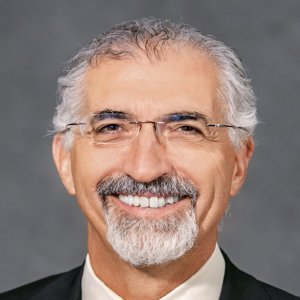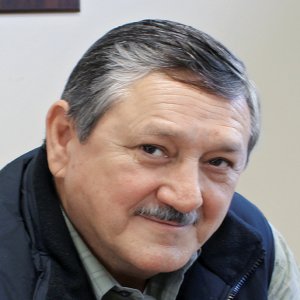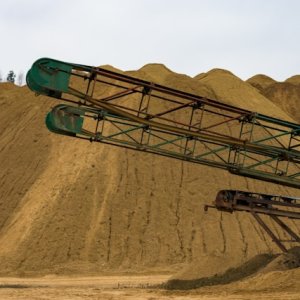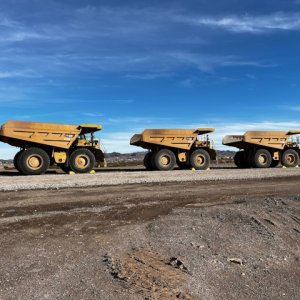Socially Responsible Mining Practices

STORY INLINE POST
Miners know that it is easy to be productive in times of high commodity prices but when prices dip, being a low cost producer makes a difference among competitors, according to Armando Ortega, Vice President Latin America of New Gold, and Managing Director of Minera San Xavier. The message he wants to send to investors and stakeholders is that New Gold is able to produce under extremely competitive conditions. “The most important aspect of our operations is focusing on the factors we can control,” Ortega shares. “The price of gold, unfortunately, is not one of them.” Minera San Xavier, New Gold’s Mexican mining subsidiary, contributed to lowering the company’s costs considerably. New Gold engaged in an extremely ambitious project by reevaluating all aspects of operations. Although the company closed 2014 with high costs due to several factors, among them a dedicated stripping exercise within the mine, in 2015 costs have been significantly reduced.
The company’s Cerro de San Pedro mine was recently awarded the distinction Safe Company Level Three by the Ministry of Labor. “Due to misconceptions regarding lack of safety in the mining industry, it is important for our company to be awarded with the accolade in order to change that view,” Ortega stresses. However, having produced more than 3 million working hours with no lost time incidents (LTI), and achieving more than 780 days without LTIs, New Gold is proof that mining can be a safe, sustainable, and regulated business. Ortega indicates that one of the factors associated with this success is Optalert, a system that works with lenses connected to a central station and reads the movement of the worker’s eyes, in order to detect worker fatigue. “There are more, similar technologies employed in New Gold mines that contribute to the overall culture of safety as a primary objective of operations, helping us maintain our primary, corporate, ‘Zero-Harm’ policy,” Ortega boasts.
The San Xavier mine is adjacent to the colonial town of Cerro San Pedro so, according to Ortega, operationally every day is a challenge. The National Institute of Anthropology and History (INAH), together with the Ministry of Defense (SEDENA), enforced stringent vibration limits for detonations in order to ensure that tremors do not jeopardize two colonial churches in the town. The mine was discovered in 1590 and exploited as a huge underground mine but since 2007 it has been operated as an open pit mine. “The metallurgical processes we perform call for the use of cyanide, which is environmentally challenging due to common misconceptions about its danger,” Ortega shares.
“Even if the cyanide is highly diluted and used in a closed circuit with all sorts of safeguards people tend to feel uneasy about its implications.” New Gold is among the few Mexican companies that voluntarily applied for and received accreditation from the International Cyanide Management Code, which certifies that the company employs the proper management, use, transportation, and disposal of cyanide in a scrutinized custody chain. As a result, Ortega believes that New Gold has proven its commitment to ensuring that it operates within stringent environmental guidelines.
In terms of environmental obligations there are almost 300 biophysical covenants that must be honored by mining companies. New Gold has a commitment to reforest more than 350 hectares, which roughly equates to the size of the site impacted by operations of the San Xavier mine. The company has taken a proactive approach since the obligation only applies after the mine closure but having begun the program four years ago, New Gold has already met the requirements. “The second stage is to ensure the survival of the trees and cacti we planted, and we have involved the communities, hiring local workers and paying for environmental services,” Ortega points out. New Gold will also restore 144,000 tons of old mineral residues left behind by ASARCO in a nearby location. “One of our values is integrity, and we believe that this is the right thing to do,” Ortega emphasizes. “This remediation is extremely complex and costly because we will move the residues to a special cell with environmental safeguards, and we will seal it to ensure no leakage.”
The social aspect is the toughest regarding the closure plan, says Ortega, and Cerro San Pedro is a town that is aware of the impacts of an inadequate closure as a result of its long mining history. Two years ago, New Gold laid the foundations for the closure by providing adequate information on its implications before recruiting an independent NGO to act as the liaison between the main community stakeholders and the company. As a result, the company learnt that many would continue working in the mining industry, while others requested support for personal enterprises or employment opportunities elsewhere.
























